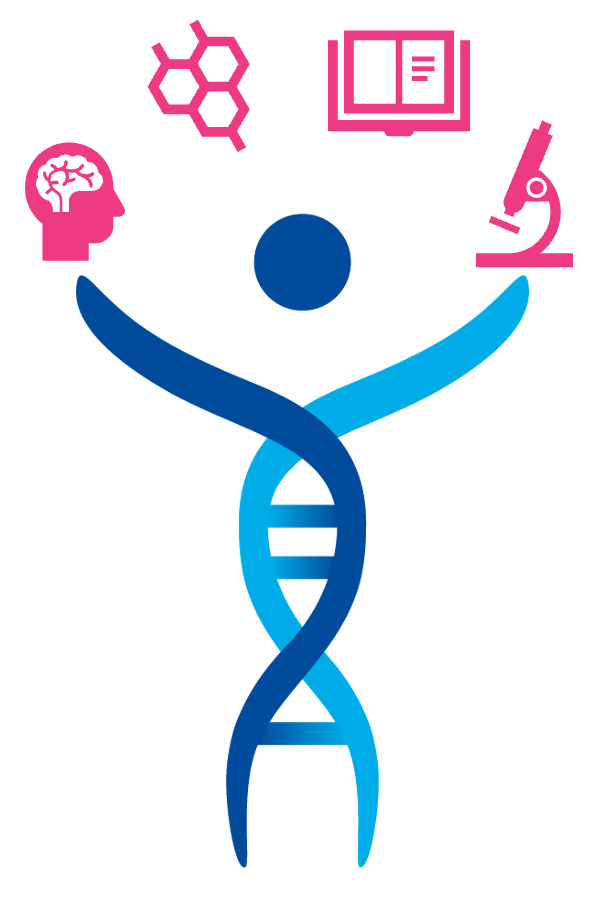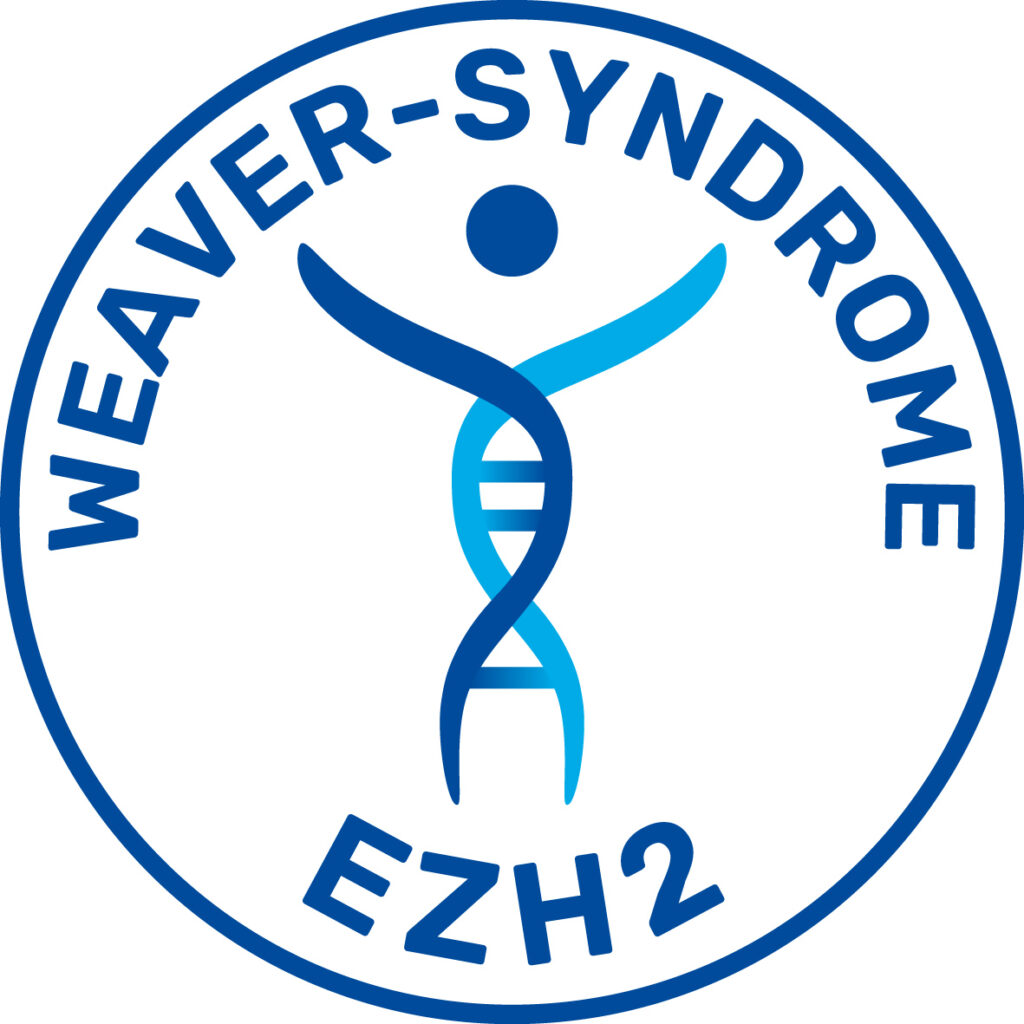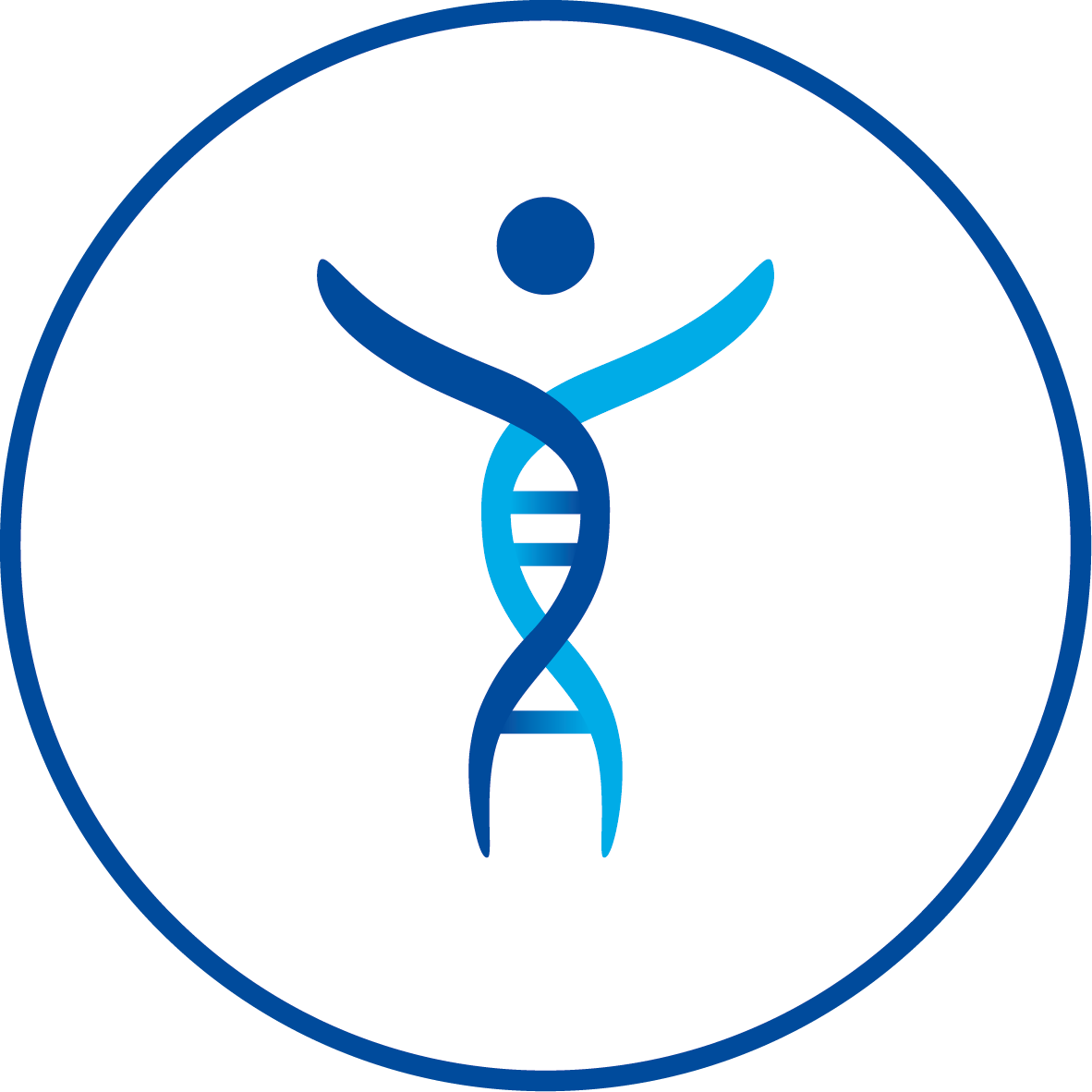
Quick Facts
A brief summary of clinical and genetic facts according to the best available data and research.
1974
first clinically described by Dr. David Weaver
2011
the EZH2 gene was identified as the main genetic cause
<100
cases offically reported worldwide
+25
clinically recognized symptoms and features
+90%
of individuals show accelerated growth in early childhood
~50%
of individuals show some degree of intellectual disability

Background
Weaver syndrome is a rare genetic disorder that has been described in fewer than 100 individuals worldwide. It belongs to a rapidly growing group of conditions known as Mendelian disorders of the epigenetic machinery, also referred to as chromatinopathies. These disorders arise from mutations in genes of the epigenetic machinery, which regulate the expression of other downstream target genes by marking them to be turned on or off.
Specifically, Weaver syndrome is caused by a mutation in one copy of the EZH2 gene. EZH2 marks downstream target genes to be switched off. These target genes are thought to determine the clinical features of the condition. In general, Mendelian disorders of the epigenetic machinery are characterized by neurodevelopmental impairments, abnormal growth, and other clinical findings.
Individuals with Weaver syndrome typically exhibit noticeable skeletal overgrowth (tall stature), global developmental delay, intellectual disability, abnormal muscle tone, behavioral differences (such as anxiety disorders, attention deficit hyperactivity disorder – ADHD – and autistic traits), as well as a distinctive facial appearance. In addition, some affected individuals have been diagnosed with cancer or other conditions. Each variant of the disorder can present with a different course.
Currently, there is no approved targeted therapy for Weaver syndrome that addresses the underlying cause. Instead, each symptom is treated individually with supportive measures.
With appropriate medical care and support, individuals with Weaver syndrome can manage their symptoms effectively and lead fulfilling lives. Importantly, current knowledge suggests that life expectancy is not significantly affected by the condition. Early diagnosis and multidisciplinary care can make a meaningful difference.

Known Symptoms
Here you’ll find a list of features that have been observed in connection with Weaver syndrome. Not all of these symptoms appear in every affected individual – the presentation can vary greatly from person to person.
